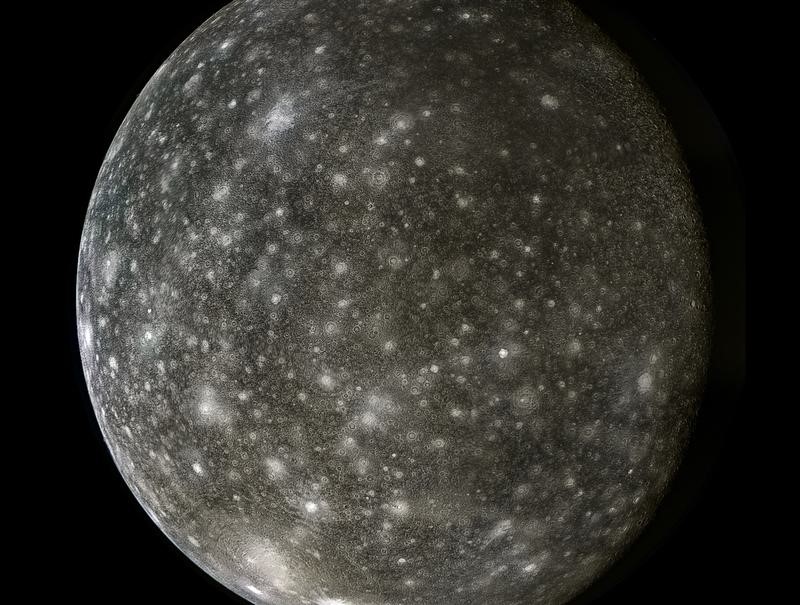Free Courses Sale ends Soon, Get It Now


Free Courses Sale ends Soon, Get It Now



Disclaimer: Copyright infringement not intended.
Context
An international team of scientists, including researchers from India, conducted the study that led to the discovery of ozone on Callisto.
Details
Research
Implications
About Ozone
Properties of Ozone:
Distribution in the Atmosphere:
Formation of Ozone:
Roles and Functions:
Ozone Depletion:
Tropospheric Ozone Pollution:
Mitigation Strategies:
About Jupiter
Characteristics of Jupiter:
Composition and Structure:
Moons:
Exploration History:
About Moons of Jupiter
Galilean Moons:
Other Notable Moons:
Exploration:
|
PRACTICE QUESTION Q. Ozone is a vital component of the Earth's atmosphere, serving critical roles in protecting life from harmful UV radiation, regulating climate, and influencing atmospheric chemistry. Critically Analyse. (250 Words) |
© 2024 iasgyan. All right reserved